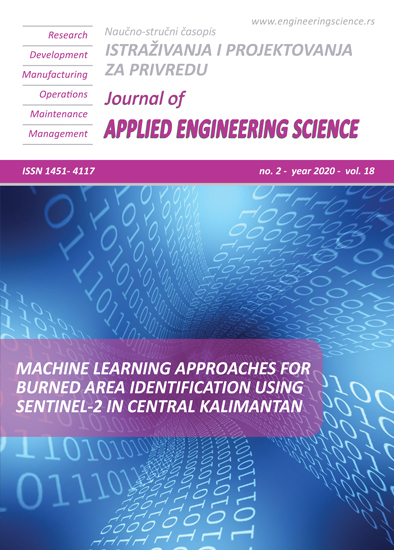PRINCIPLES OF FORMATION OF RESEARCH AND EDUCATIONAL OBJECTS OF INNOVATIVE PURPOSE
Abstract
An analysis of global trends in the development of education and science shows that a modern university has ceased to be a place for transferring knowledge from a teacher to a student in the form of lectures. Today, the university fulfills the task of forming intelligence in the form of knowledge, innovation, competencies, being at the same time a space for researchers, teachers, and students to meet and work together. This article discusses the main functional components of modern Research and Educational objects. The analysis revealed a common unifying link in the relationship of these blocks. The result of studying domestic and foreign experience in the design and construction of educational centers was the identification of the basic principles of their formation.
References
2. Dianova-Klokova, I.V., Metaniev, D.A. (2016) Social engineering in the architecture of scientific and innovative facilities Academia. Architecture and Buildings, No. 2.Pp. 71-78.
3. Dobretsov, N.A. (2003) Scientific schools of the Academy of Sciences as a tool for maintaining and replenishing scientific potential. Science of Science. No. 1, P.78.
4. Puchkov, M.V. (2011) The principles of designing a new generation of scientific and educational centers: the architecture of modern teaching technologies. Academia. Architecture and Construction. No. 2, Pp. 48-51.
5. Pozdnyakov, A.L., Pozdnyakova, E.V., &Ozerova, A.V. [2019] A retrospective analysis of the interrelated development of science and higher education in the world. Journal of Applied Engineering Science, 17 (4), 463-467.
6. Pahomova, E. G, Tomakov, I. V., &Tomakov, V. M. [2017]. The formation of the green building market of the Russian cities. Journal of Applied Engineering Science, 15 (3), 395-400.
7. Antonov, A.V. (2007) Principles of building architecture of buildings of innovation centers. 30 pp.
8. Brundukova, V.A., Denisenko E.V. (2018) Principles of the formation of educational centers. Proceedings of KSASU, No. 3, Pp. 81-87.
9. V. Khaustov, L. Kruglova, N. Bredikhina, T.Guseinov [2019].The impact of flooding on the operational reliability of real estate in the kursk region. Journal of Applied Engineering Science, 17 (2), 213-216.

